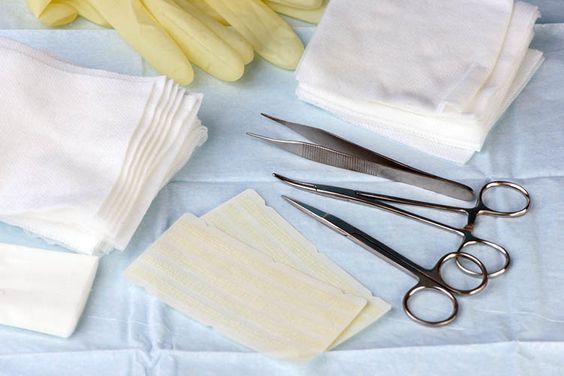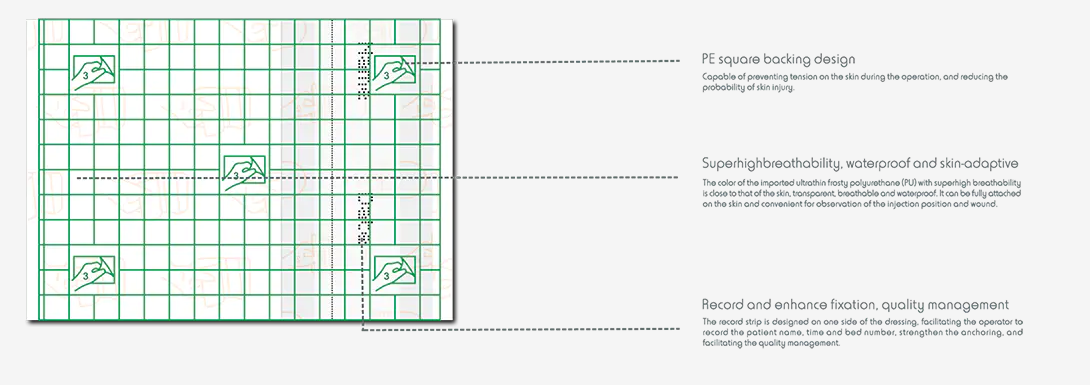Friction refers to the frictional force between two objects. In wound care, friction is the friction between skin and clothing that affects a wound when the body moves. The greater the friction, the stronger the irritation to the wound, which is likely to cause problems such as wound pain, rupture, and infection.
What is Friction?
Friction refers to the frictional force between two objects. In wound care, friction is the friction between skin and clothing that affects a wound when the body moves. The greater the friction, the stronger the irritation to the wound, which is likely to cause problems such as wound pain, rupture, and infection.
What is shear force?
Shear force refers to the relative movement between two adjacent parts of an object when it moves in parallel. In wound care, shear is the effect of shear between the skin and the linen on the wound when the body position changes. Shear forces cause stretching and compression of the skin, leading to problems such as skin breakdown and wound infection.
In daily life, we can take the following measures to avoid the effects of friction and shear forces:
1. Changes in body position: Changes in body position can reduce the effects of friction and shear forces. For example, when we need to move the body, we can adjust the position of the body first, and then move the body slowly.
2. Use a low-friction dressing: Choosing a low-friction material can reduce the effects of friction. For example, use waterproof and breathable dressings, such as Transparent Dressing Green-Squares, ultra-high breathability imported ultra-thin frosted polyurethane (PU) color close to the skin, transparent, breathable, and waterproof.
3. Keep the skin dry: Keeping the skin dry can reduce the friction between the skin and clothing. For example, in summer, you can choose to wear well-permeable clothes, take more baths, and keep your skin clean and dry.
4. Use assistive tools when moving the body: When moving the body, assistive tools can be used to reduce the effects of friction and shear forces. For example, using a wheelchair, walker, etc.
5. Maintain proper body posture: Maintaining proper body posture reduces the effects of shear forces. For example, maintain body balance and avoid sudden changes in body position.
In daily life, we can pay attention to the adjustment of body posture, choose low-friction materials, keep the skin dry, use auxiliary tools, etc., to reduce the effects of friction and shearing forces, protect the body, and promote the health of the body.
For more information on Innomed® Transparent Dressing Green-Squares, Refer to the Previous Articles. If you have customized needs, you are welcome to contact us; You Wholeheartedly. At longterm medical, we transform this data by Innovating and Developing Products that Make Life Life easier for those who need loving care.
Editor: kiki Jia
Date: August 29, 2023

 English
English عربى
عربى Español
Español русский
русский 中文简体
中文简体








